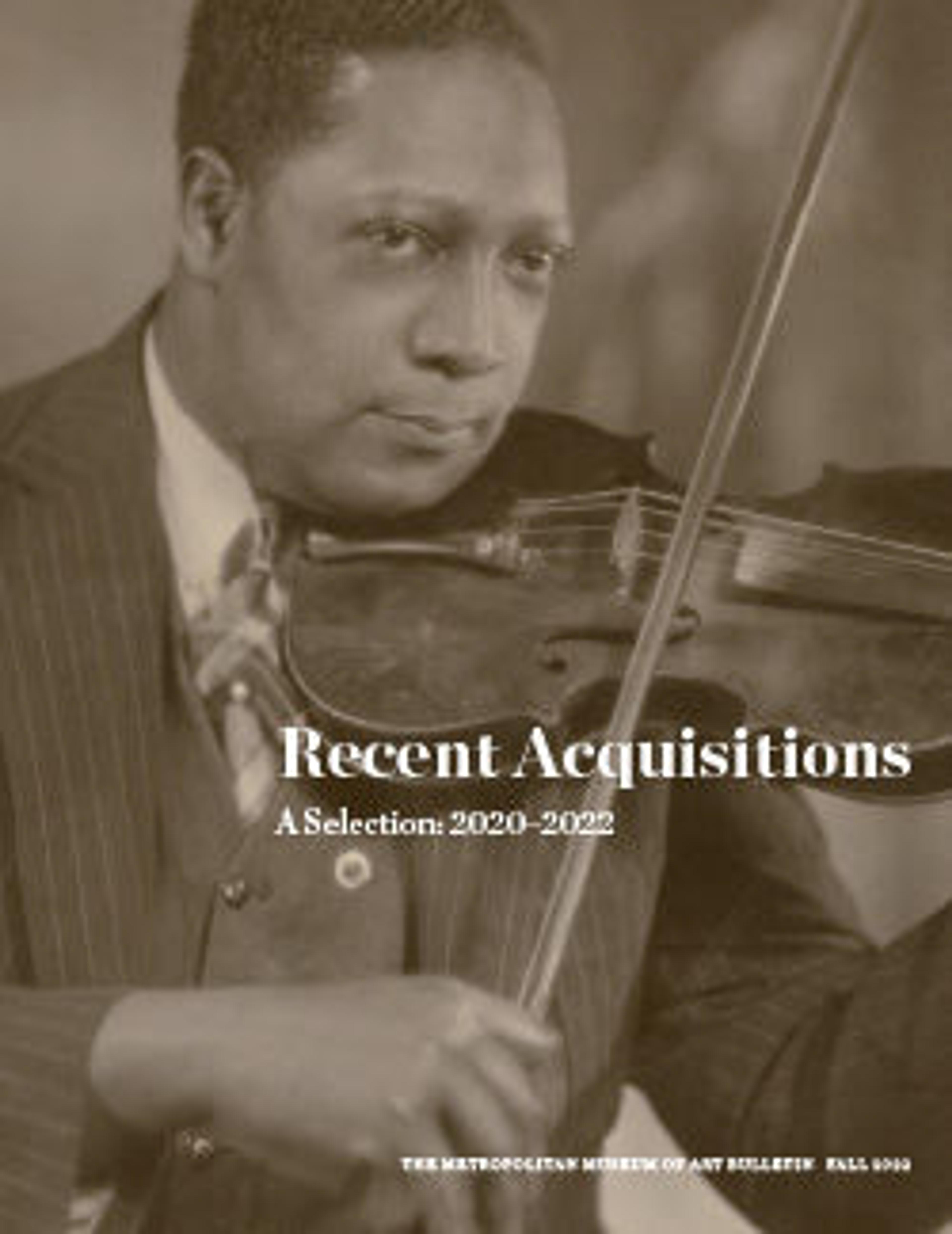Narcissus at the Source
Visually rich, narratively dense, and rendered with exquisite craftsmanship, this gilded silver plaque was likely meant to adorn a box or cabinet. Precious metal plaques of this kind were a specialty of the Jamnitzer family. Four consecutive generations of these Nuremburg goldsmiths reached the apex of their skill in Christoph Jamnitzer (1563–1618), grandson of famed sixteenth-century master Wenzel Jamnitzer (1507/8–1585). This relief combines several episodes from Ovid’s story of Narcissus from his famous text published in 8 A.D., the Metamorphoses, depicted as a continuous narrative within a unified pictorial space. In the background is Narcissus, as he is first described by Ovid seen through the eyes of his admirer, the nymph Echo, who sees him hunting deer in the forest with horn raised and hounds in pursuit. Echo, who follows Narcissus unnoticed, is in the midground. In the foreground, the beautiful youth approaches his fateful pool. Gazing down, he becomes infatuated with his own reflection and cannot leave the water’s side, doomed to die of unrequited love as punishment for not having reciprocated the love of others.
Artwork Details
- Title:Narcissus at the Source
- Maker:Christoph Jamnitzer (German, 1563–1618)
- Date:ca. 1600
- Culture:German, Nuremburg
- Medium:Cast, chased, engraved and gilded silver
- Dimensions:wt. confirmed: 5 7/16 × 4 13/16 in., 12.345oz. (13.8 × 12.2 cm, 350g)
- Classification:Metalwork-Silver
- Credit Line:Purchase, Anna-Maria and Stephen Kellen Acquisitions Fund, 2021
- Object Number:2021.118
- Curatorial Department: European Sculpture and Decorative Arts
More Artwork
Research Resources
The Met provides unparalleled resources for research and welcomes an international community of students and scholars. The Met's Open Access API is where creators and researchers can connect to the The Met collection. Open Access data and public domain images are available for unrestricted commercial and noncommercial use without permission or fee.
To request images under copyright and other restrictions, please use this Image Request form.
Feedback
We continue to research and examine historical and cultural context for objects in The Met collection. If you have comments or questions about this object record, please contact us using the form below. The Museum looks forward to receiving your comments.
